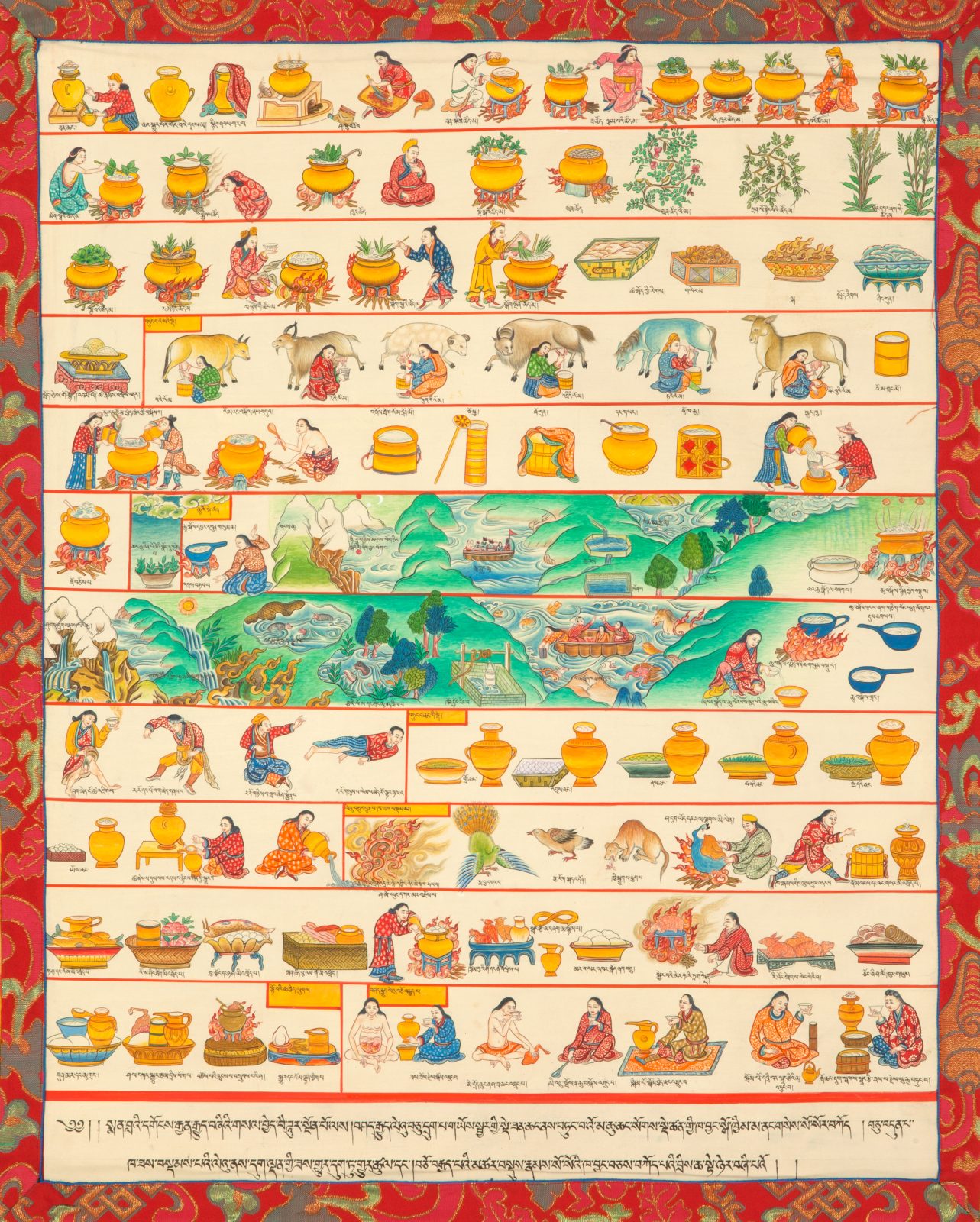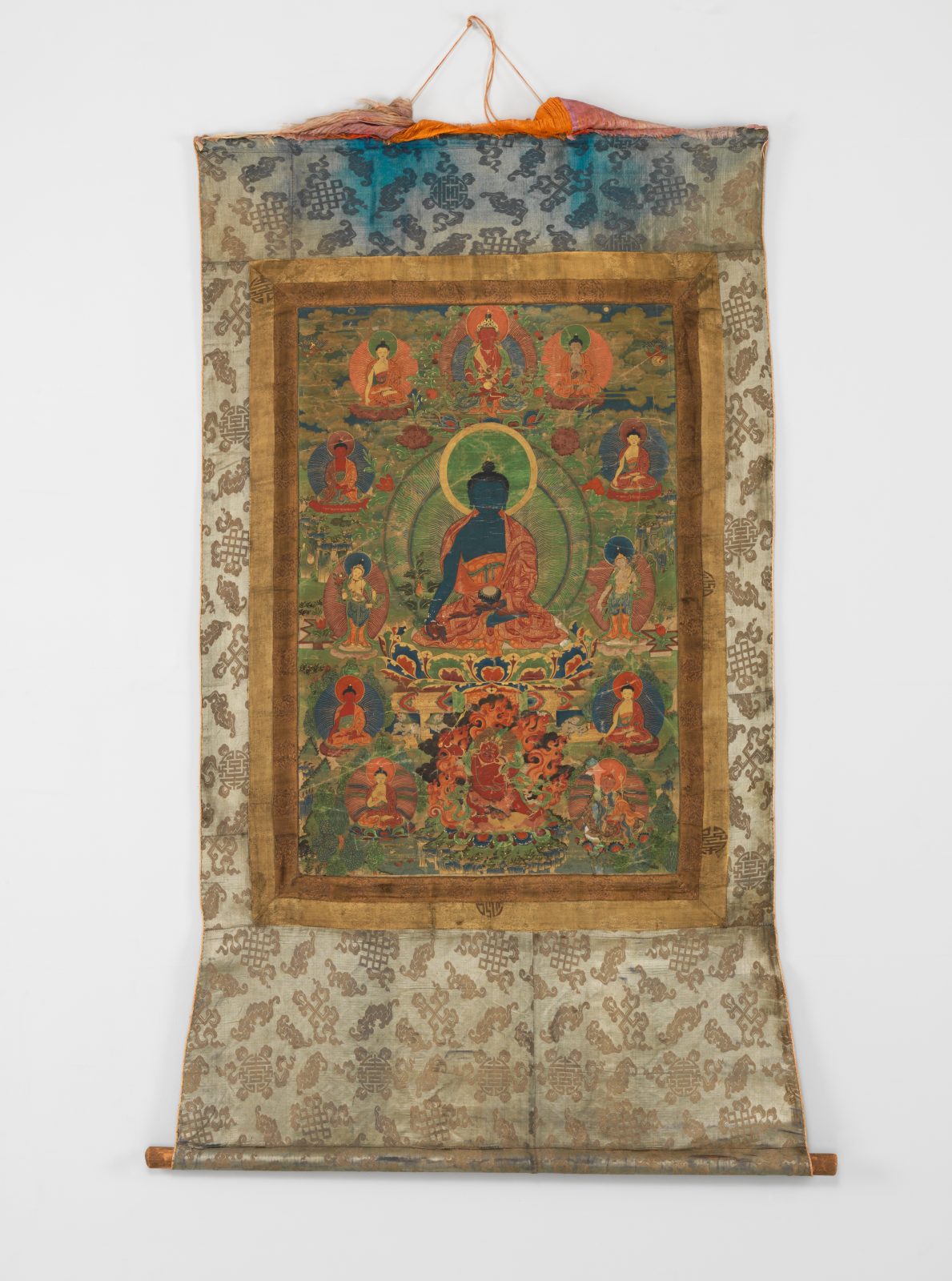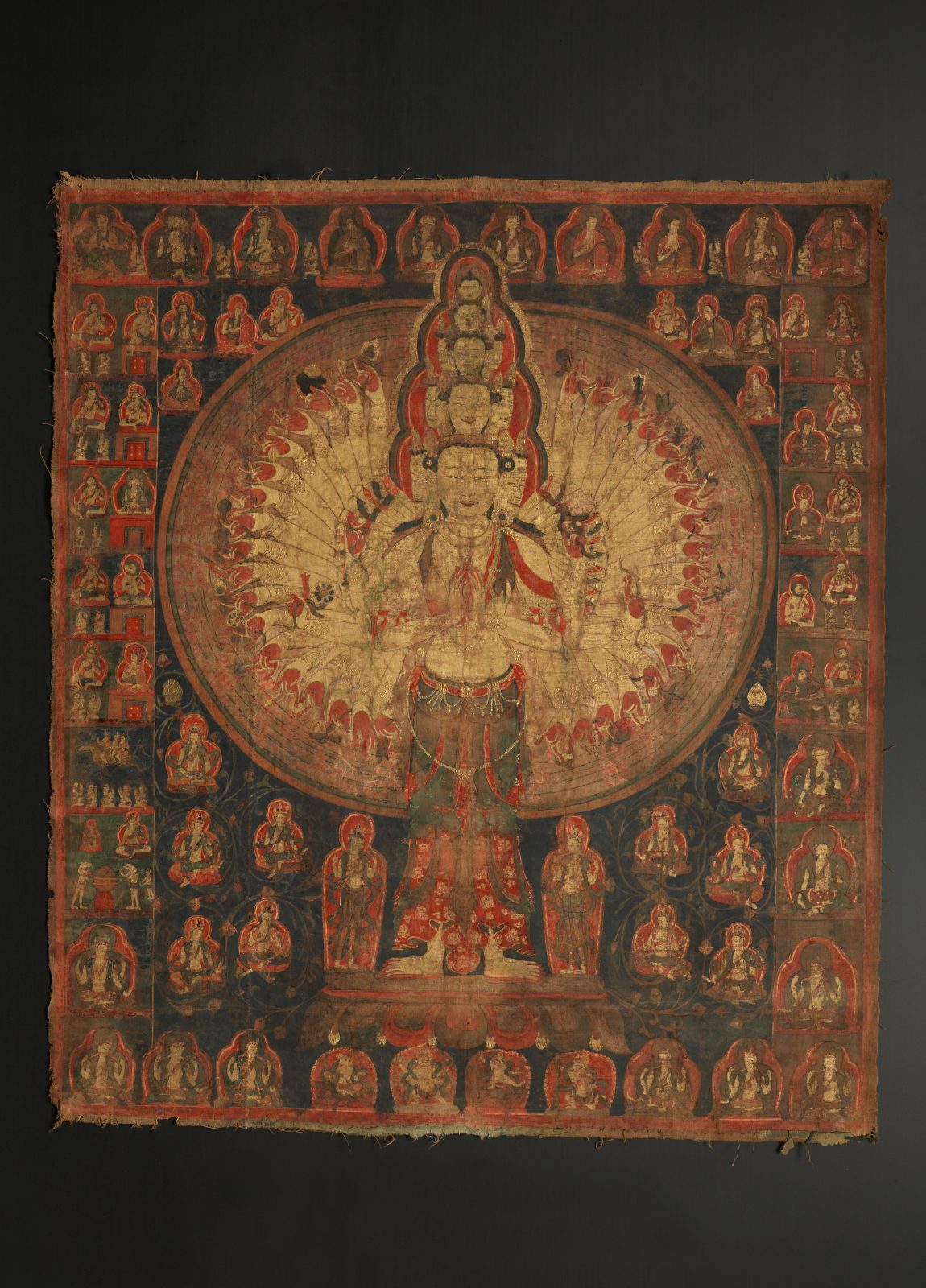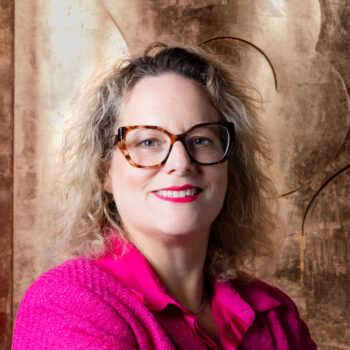Is there a particular artwork in the exhibition that inspires you in your personal or professional life?
When I have the Medicine Buddha thangka or statue in front of me, it reminds me that I am a follower of the Medicine Buddha who practices knowledge of medicine with love and compassion for all beings suffering from mental and physical illness. This reminds me that, as a Tibetan medical practitioner, I must follow the ethics and principles of Buddhism. There is a long chapter in Gyuzhi, the primary Tibetan medical textbook, for physician ethics, morals, and responsibilities. So it’s a good reminder for me to be the best version of myself when treating patients.
When I’m facing some difficulties with treatments and patients, I meditate on the Medicine Buddha and pray. I am much more relaxed after meditation and prayer, and with a relaxed mind many different ideas and solutions often come to mind.
Queens became the epicenter of the COVID-19 pandemic in 2020 and greatly impacted the Himalayan and Tibetan communities of New York City. What practices did you employ to deal with the gravity of the situation?
A lot of people in our community know me as a Tibetan doctor, so I was informing them about the disease through social media based on CDC information and my knowledge of Tibetan medicine. I have a friend who closed all the doors and windows. Many times, his kids asked him to open them, but he refused. He told his kids that the virus could come through the windows. People had irrational fears based on incorrect information. That’s why having the right information and the right source of information is the key thing.
When you and your family got COVID you decided to share your experience online. What was your motivation?
At the beginning of March 2020, I had an itchy throat. My wife got a fever, and I could tell that this was not the cold or flu. It’s totally different. Then my daughters and my sister-in-law showed symptoms. There was no treatment for COVID-19. My wife called her family doctor who said to quarantine at home and call 911 only if you have breathing issues. I checked all the medical records in Tibetan medical texts. There’s a chapter that talks about epidemic disease in the future. There are many signs and symptoms that exactly match COVID-19. It says try to keep yourself at a distance from others, block air passages, and take some herbs and herbal tea. After taking Tibetan herbs for five or six days, all my family members’ symptoms were relieved.
Then one day I went on Facebook Live and talked about my experience. I wanted to share my experience because we felt better, and I knew many people were afraid of dying from the virus. I had small bags of herbs that my mom sent from Tibet, and I thought this was an opportunity to help people, so we started giving them out for free.
Did you need to change or adapt your methods of treating patients because of the unprecedented nature of the pandemic?
The number one thing is I tried to educate them through online teachings, social networks, and phone calls. Online teaching is wonderful because we can reach a lot of people to talk about health and prevention.
What was the treatment that was most sought after and appreciated by patients during the pandemic?
Many people called me after I shared my own experience. They appreciated that I was living proof that I didn’t die. It gave a lot of people hope. Then I taught them how to use the precious pills. People misunderstood and thought the precious pills are for every disorder, but that’s not true. Every precious pill has its own designated treatment. Many people were also taking the wrong diet, so I gave them dietary advice according to Tibetan medicine, because not everyone can get herbs.
What is a simple tip you could give our readers for life longevity?
Stress, depression, anxiety—those are the biggest factors that reduce our lifespan. So try to always take care of both the mind and body. Have a balanced life. That way you get not only a longer life but a happier life.
Pema Dorjee is a registered nurse and the current president of the Tibetan Nurses Association, which has over six hundred members in New York and New Jersey.
Michelle Bennett Simorella: As a nurse of Western medicine, how do you incorporate aspects of Tibetan well-being and healing into your work?
Pema Dorjee: Patients coming to the hospital are very acute, very sick. I see not only they’re physically sick, but they also have huge anxiety. I try to get rid of these negative emotions. I try to bring positive emotions to the patients, so that it will affect not only their mental well-being but also, indirectly, their physical care. When a patient is aggravated or angry, I try to calm them. Let’s do some breathing exercises, let’s take a deep breath. Breathe all the good energies in, breathe all the bad energies out. I also try to make patients stay in the present instead of the future. They worry what’s going to happen to me? Will I have a surgery? Forget about everything—just try to stay in the present moment. That basically comes from a Buddhist perspective.
Are there any artworks in the exhibition that inspire you in your work?
I really like the idea of compassion incorporated in art, because compassion is something that not only bonds people but also brings good energy. When I see a patient, I don’t expect anything from them, but I imagine or visualize them getting better. When the patient gets a little better, I’m happier because I think my practice and my job are working.
In our exhibition advisory group, you suggested that the image of Avalokiteshvara is a remedy for hate because this deity embodies compassion. Why is compassion important for individual and communal well-being?
Hatred is a natural emotion that anybody can have, but if you show compassion to someone showing anger to you, the hatred is going to subside. The power of compassion is such that anything can be possible. Compassion is an antidote.





